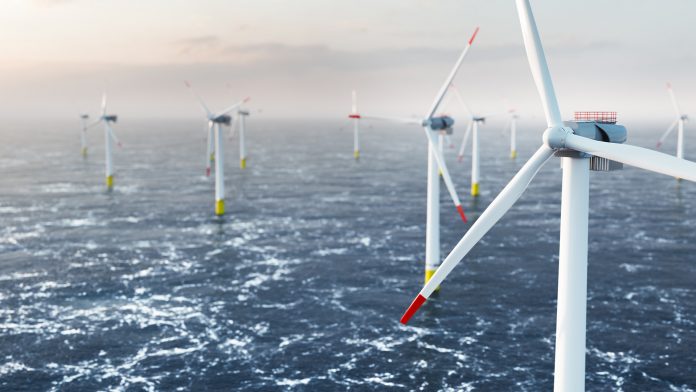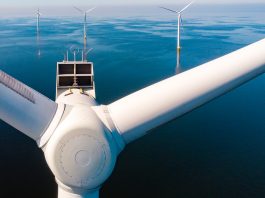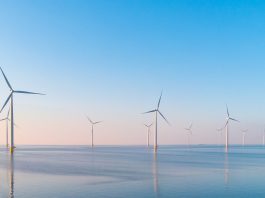Innovation News Network investigates the global offshore wind technology landscape and its potential to reach net zero targets.
The growth of offshore renewables, particularly offshore wind technology, is gaining significant attention as a reliable and proven clean energy source.
With global installed offshore wind capacity expected to reach 630 gigawatts (GW) by 2050, up from 40 GW in 2020, the potential for reaching 1,000 GW in a 1.5° pathway scenario highlights the promising future of offshore wind technology.
In this article, we will analyse the current landscape for offshore wind technology, and how it will play a crucial role in curbing climate change and meeting future energy demands sustainably.
The growth of offshore wind technology
The growth of offshore wind technology can be attributed to rapidly expanding government commitments and technological progress in the field.
However, these companies may face challenges and risks, including difficult project economics, commercial requirements from authorities, and the need to build or bolster capabilities.
As governments worldwide increasingly recognise the importance of transitioning to renewable energy sources, they are making significant commitments to support offshore wind development.
This has created an environment conducive to growth in established markets and countries new to offshore wind. Technological advancements have also played a crucial role in driving this growth.
The development of floating foundations has expanded the viable sea area for offshore wind by a factor of five, opening up new possibilities for installations in deeper waters.
Despite the promising outlook for offshore wind technology, companies venturing into this sector must navigate various challenges. Project economics can be challenging due to the high capital costs involved in building and maintaining offshore wind farms.
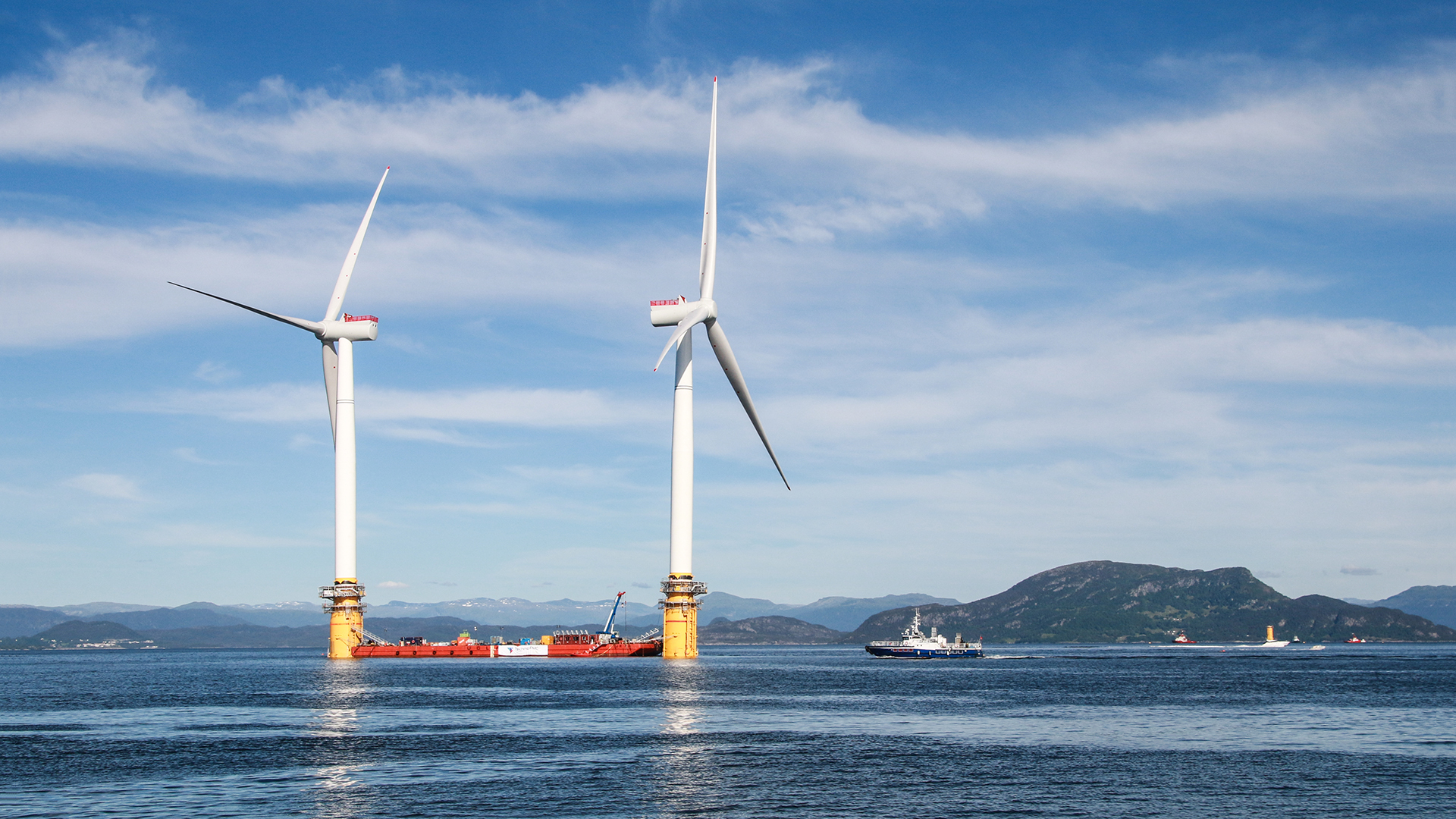
Additionally, governments often impose commercial requirements on companies bidding for offshore wind projects through tenders or lease agreements.
These requirements can impact profitability and competitiveness within the market. To succeed in this industry, companies must also invest in building or enhancing their capabilities related to project execution and operations.
Overall, while challenges are associated with entering and operating within the offshore wind industry, there is significant upside potential for companies that can overcome these hurdles.
By leveraging government commitments, addressing project economics effectively, meeting commercial requirements from authorities, and developing strong capabilities in project execution and operations, companies can position themselves for success and contribute significantly to the growth of offshore renewable energy.
Regional progress and potential
Rapid advancements in offshore wind capacity and technological progress have resulted in significant growth potential for this renewable energy source, particularly in the Asia-Pacific region.
Market analysis indicates that the Asia-Pacific region is expected to experience the greatest long-term growth in offshore wind, surpassing Europe, the Middle East, and Africa (EMEA) by the mid-2030s.
With 11 GW of installed offshore wind capacity in 2020, the region is projected to reach a capacity of 410 GW by 2050. Mainland China alone is expected to contribute 240 GW to this total.
Other countries in the region, including Taiwan, Japan, Australia, South Korea, and Vietnam, are also starting to act on their ambitions for offshore wind.
The investment opportunities in offshore wind within the Asia-Pacific region are substantial. Governments and companies increasingly recognise the environmental benefits of this renewable energy source to mitigate climate change.
As a result, there has been a surge in commitments and investments towards expanding offshore wind projects. This presents opportunities for companies involved in offshore wind farm project development, construction, operation, and maintenance.
However, government regulations play a crucial role in shaping the competitive landscape of offshore wind projects. Some governments use tenders to determine key commercial requirements such as electricity prices or seabed lease prices.
Companies bidding for these projects need to navigate these regulatory frameworks while ensuring competitive pricing strategies. Environmental impact assessments and regulations related to wildlife protection may also be part of government requirements.
Challenges and risks
Challenges and risks must be navigated in order to fully exploit the growth potential of offshore wind technology in the Asia-Pacific region.
As more companies pursue offshore wind projects, they will face various challenges and risks. One challenge is meeting the commercial requirements set by authorities.
Governments often use tenders to determine electricity prices or seabed lease prices, and companies bidding for projects need to ensure that they meet these requirements to secure contracts.
Additionally, project economics can pose a challenge, as offshore wind projects can be costly to develop and operate. Companies will need to carefully assess the financial viability of their projects and navigate potential economic hurdles.
Another challenge relates to capabilities. Building or bolstering capabilities in areas such as project development, construction, operations, and maintenance is crucial for success in the offshore wind industry.
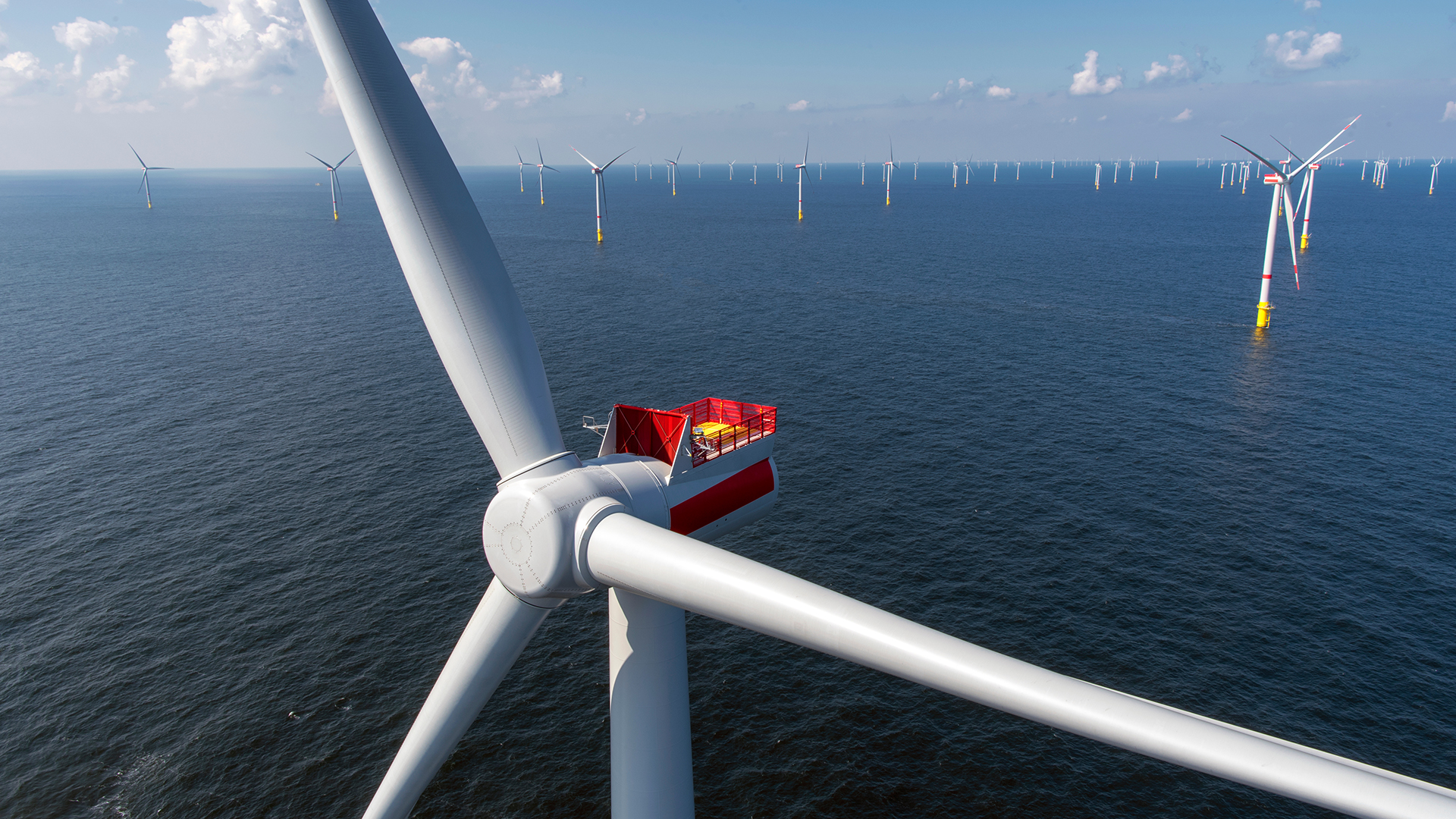
Companies will need to invest in developing the necessary expertise and resources to execute their projects effectively. This may involve partnering with experienced players or acquiring specialised knowledge through collaborations.
Furthermore, increasing competition is a significant risk for companies entering the offshore wind market. As more players enter the industry, competition for contracts and market share intensifies.
Companies must differentiate themselves by offering competitive pricing structures during off-take agreements. Low off-take pricing can help companies secure contracts and maintain a competitive edge.
Offshore wind technology advancements
Advancements in offshore wind technology are driving significant progress and innovation, paving the way for increased efficiency and cost reduction in generating clean electricity.
One major advancement is the development of floating foundations for offshore wind turbines. Unlike traditional bottom-fixed foundations, floating foundations can be installed in deeper waters, opening up a much larger sea area for offshore wind projects.
This expansion of viable locations allows for greater deployment of offshore wind farms and harnessing stronger winds at these sites.
Another technological advancement enhancing offshore wind’s potential is hydrogen electrolysis. Excess offshore wind capacity can now be used to power electrolysers that produce green hydrogen.
This versatile energy storage and fuel technology has applications in decarbonising various industries that are difficult to abate using other methods. Offshore wind’s high capacity makes it an attractive option for maximising utilisation and producing green hydrogen on a large scale.
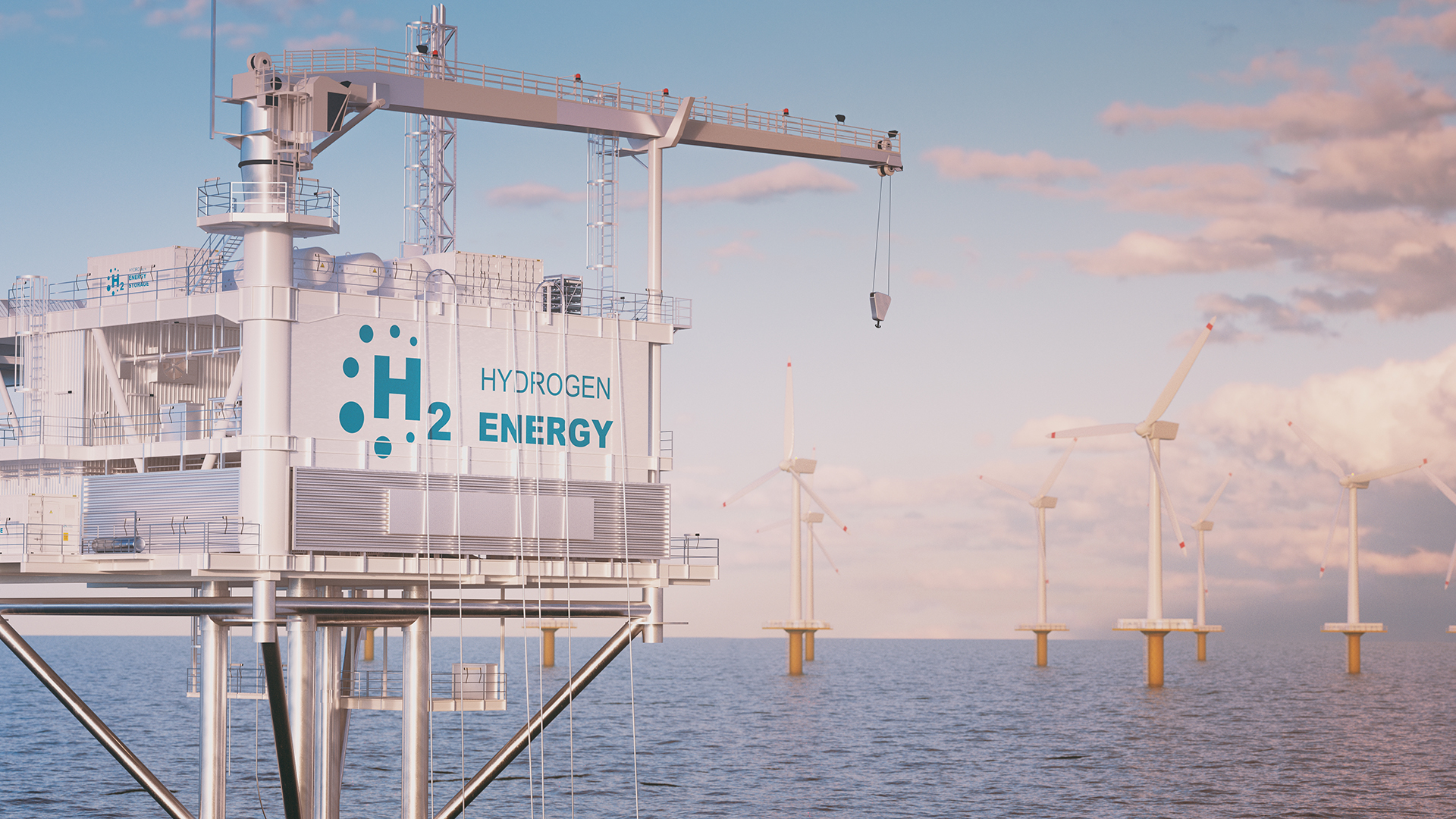
Furthermore, turbine size has been increasing significantly in recent years. Wind turbines with capacities exceeding 15 megawatts (MW) are expected to become available within five years, compared to the average turbine size of around 8 MW installed in 2020.
The larger turbines will enable higher power generation per unit and contribute to overall cost reductions in offshore wind projects.
These advancements have led to a substantial decrease in the levelised cost of electricity (LCOE) for offshore wind, making it a more competitive option than other energy sources.
These advancements in offshore wind technology have attracted established players in the industry, along with oil majors and utilities seeking opportunities in clean energy markets.
Their entry into the market further drives innovation and investment, accelerating progress in offshore renewable technologies.
With ongoing research and development efforts, continued improvements can be expected across all aspects of offshore wind generation, leading to even greater efficiency gains and cost reductions in the future.
Opportunities for expansion
Policy support is a key factor driving the expansion of offshore wind technology. Governments worldwide are implementing measures to promote renewable energy sources and reduce greenhouse gas emissions.
This includes setting targets for offshore wind capacity installation and providing incentives such as feed-in tariffs or power purchase agreements. These policies create a favourable environment for investment in offshore wind projects.
The expansion of offshore wind technology also presents attractive investment opportunities. As the industry grows, there will be a need for investments in infrastructure development, manufacturing facilities, and project financing.
Companies involved in various aspects of the value chain, including turbine manufacturers, developers, construction firms, and service providers, can benefit from these investment opportunities.
In addition to its economic benefits, offshore wind technology has positive environmental impacts. It helps reduce carbon emissions and dependence on fossil fuels for electricity generation.
Offshore wind farms have minimal land requirements compared to other renewable energy sources like solar or onshore wind farms. They also have a lower visual impact as they are located far from shorelines.
Technological innovation is driving down costs and improving efficiency in offshore wind generation. Advancements in turbine technology have led to larger turbines with higher power ratings being developed.
Floating foundations have expanded the viable sea area for offshore wind installations by allowing turbines to be installed in deeper waters. Excess offshore wind capacity can also be used for hydrogen electrolysis, a versatile energy storage and fuel technology.
Overall, the expansion of offshore wind presents significant opportunities for market growth, policy support, investment, environmental impact, and technological innovation.
As governments and companies increasingly recognise the potential of offshore wind technology as a reliable and sustainable source of electricity generation, we can expect to see further advancements and investments in this sector.

